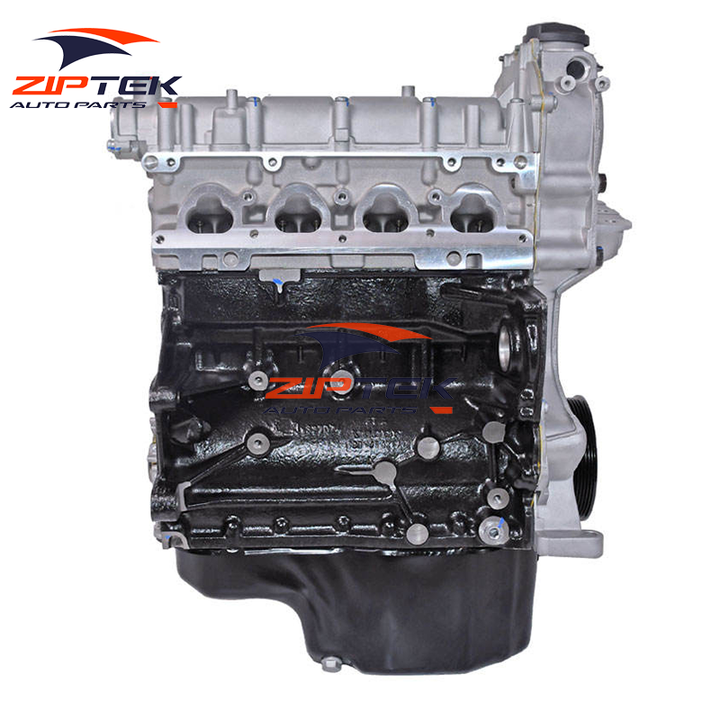Just How a Clp Engine Can Enhance Efficiency in Different Industries
The introduction of CLP engines notes a substantial shift in operational performance throughout different industries, driven by their capability to maximize fuel usage and minimize downtime. Industries such as production and logistics stand to gain substantially from their robust style and consistent power outcome, which promise to enhance operations and improve performance. As organizations significantly prioritize sustainability together with performance, the role of CLP engines ends up being much more vital. What continues to be to be seen is how these innovations will shape the future landscape of commercial procedures and their influence on more comprehensive economic trends (clp engine).
Review of CLP Engines
CLP engines, or Continuous Liquid Propellant engines, stand for a substantial innovation in propulsion modern technology, specifically for area applications. These engines use a continuous feed system that allows for the sustained expulsion of propellant, resulting in enhanced performance and efficiency compared to traditional strong or hybrid propulsion systems. By preserving a constant circulation of liquid propellant, CLP engines can attain a lot more accurate drive control, which is critical for steering spacecraft in different goal situations.
The design of CLP engines incorporates sophisticated materials and cutting-edge fuel management systems. clp engine. This causes decreased weight and increased integrity, vital variables for long-duration area missions. The continual operation decreases the danger of burning instability, a common difficulty in conventional rocket engines.

Benefits in Manufacturing
The manufacturing of Continuous Liquid Propellant (CLP) engines offers several notable advantages that boost both effectiveness and cost-effectiveness. One of the primary advantages is the streamlined production procedure, which decreases the complexity related to standard propulsion systems. By utilizing liquid propellant, manufacturers can achieve better precision in engine efficiency, bring about maximized energy outcome and reduced waste.
Furthermore, CLP engines help with a greater level of modularity, enabling for simpler combination into different manufacturing lines. This flexibility can substantially lower preparations and boost general operational adaptability. Making use of CLP innovation likewise often tends to decrease the need for substantial upkeep because of fewer moving parts, which translates right into minimized downtime and functional expenses.

Applications in Logistics
Leveraging Continuous Fluid Propellant (CLP) engines in logistics uses significant benefits in operational performance and reliability. These engines offer a durable option for various transport requirements, allowing the seamless movement of products across large distances. The intrinsic style of CLP engines enables consistent power output, which converts into smoother and extra predictable transport timetables.
Among the essential applications of CLP engines in logistics remains in sturdy freight transportation, where they can drive both ground and airborne cars. Their ability to keep high performance under differing lots conditions ensures that distribution timelines are met, thereby improving customer contentment. Additionally, CLP engines can be incorporated into automated logistics systems, facilitating real-time tracking and optimizing route preparation.
Moreover, the sturdiness of CLP engines minimizes maintenance downtime, permitting logistics companies to maximize their functional abilities. This is specifically advantageous in warehousing operations, where efficiency in taking care of and transferring products is important. As logistics remains to progress, the assimilation of CLP engines stands for a forward-thinking strategy that not just boosts performance however likewise supports the industry's growing needs for dependability and speed.
Influence On Power Performance
How do Continuous Liquid Propellant (CLP) engines improve energy effectiveness in transport? CLP engines use a consistent circulation of liquid gas, optimizing burning procedures and keeping a secure Find Out More thrust outcome. This design decreases power losses linked with standard combustion engines, where fuel delivery can differ and result in inadequacies.
The continuous procedure of CLP engines allows for an extra effective thermal cycle, resulting in greater certain impulse compared to standard engines. clp engine. This converts to lowered gas consumption for the very same go to this website amount of job done, substantially lowering operational costs across various transportation industries, including aviation and maritime sectors
Moreover, the ability of CLP engines to maintain ideal performance under differing tons problems reduces the requirement for constant velocity and slowdown, even more enhancing fuel effectiveness. Improved power effectiveness not only adds to set you back savings yet additionally results in lower greenhouse gas exhausts, aligning with global sustainability objectives.
Future Trends and Innovations
Emerging developments in Continual Liquid Propellant (CLP) engine technology guarantee to reinvent the landscape of transportation efficiency and sustainability. As sectors pivot toward greener alternatives, CLP engines stand at the center, incorporating ingenious products and style approaches that enhance efficiency while minimizing ecological influence.
Among the most promising patterns is the fostering of crossbreed systems that integrate CLP engines with renewable resource sources. This synergy can maximize gas intake and minimize exhausts, lining up with global sustainability goals. Furthermore, developments in computational fluid characteristics (CFD) are facilitating the design of even more aerodynamically effective engines, resulting in lowered drag and improved gas performance.
Moreover, the growth of wise surveillance systems is readied to improve operational performances. These systems leverage information analytics and IoT innovation to maximize engine performance in real-time, making sure that the engines run within their most efficient criteria.
As study remains to discover alternate propellant see this page formulas-- such as biofuels and artificial fuels-- the future of CLP engines looks promising. By harnessing these technologies, markets can not just improve their performance yet also contribute dramatically to a cleaner, much more sustainable future in transportation.
Verdict
In conclusion, CLP engines represent a substantial improvement in performance throughout multiple industries. The combination of innovative products and fewer moving components lessens maintenance demands, while positioning with sustainability goals settings CLP engines as a crucial innovation for the future.